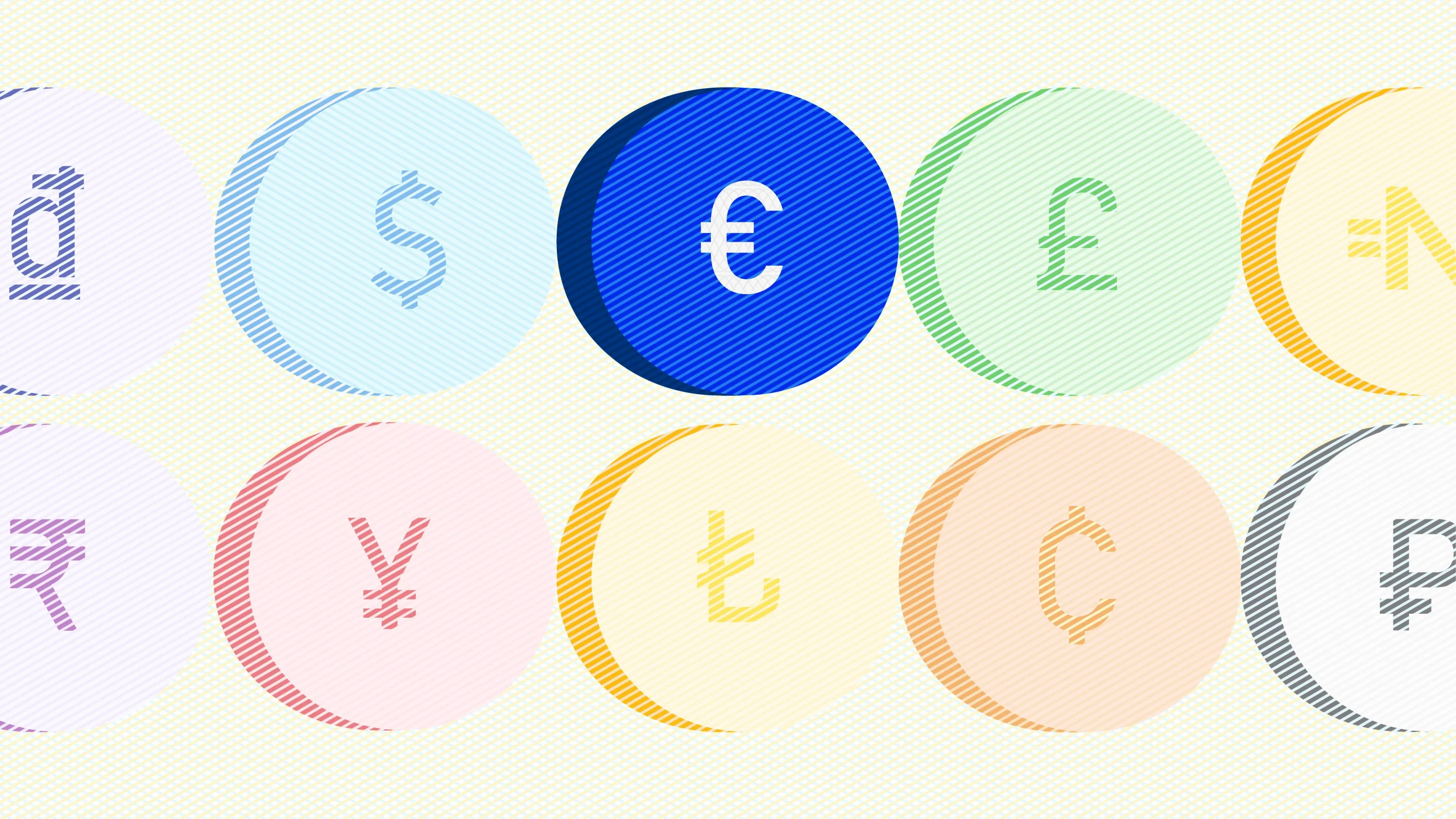
Currency, in its various forms, is the life of global trade, serving as a symbol of economic stability and a reflection of a nation’s identity.
It’s not just about coins and notes; it’s a representation of a country’s history, culture, and economic prowess.
But have you ever considered the stories behind the names of these currencies?
Throughout history, currencies have undergone transformations as profound as the nations they represent.
The names of currencies are not just symbols on paper; they are also a reflection of the complex intricacies of human history.
Name changes are not merely linguistic shifts; they are the results of political revolutions and resolutions, economic crises, and cultural transformations.
In this article, we embark on a brief journey through time to explore how some currencies have changed names to date.
We’ll delve into the historical, political, and economic factors that have driven these changes and examine their impact.
A little bit of History on Currency Names
Throughout the annals of human history, the concept of currency has been a fundamental element of societal progress and economic evolution.
As civilizations emerged and thrived, so too did their methods of exchange and the names they gave to their units of value.
The Birth of Currency
The story begins in ancient civilizations where barter systems gave way to the need for a more efficient medium of exchange.
Various items such as shells, livestock, grains, and even rare stones were used as early forms of currency.
These items were given names that often reflected their inherent value or use within society.
The Emergence of Coinage
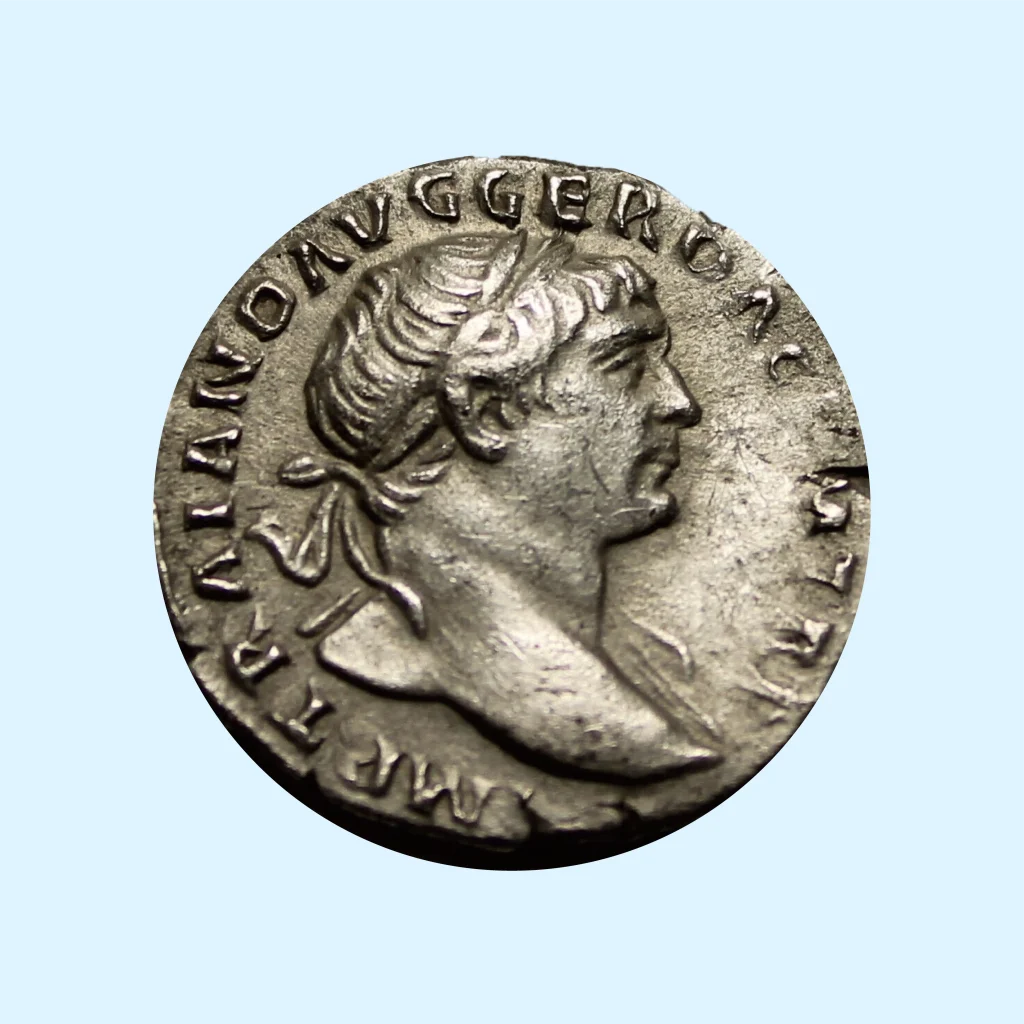
Roman Denarius
The transition from barter systems to standardized units of currency was marked by the invention of coinage (coins).
Ancient empires like the Greeks, Romans, and Chinese introduced coins made from precious metals, each carrying a name that denoted its value and origin.
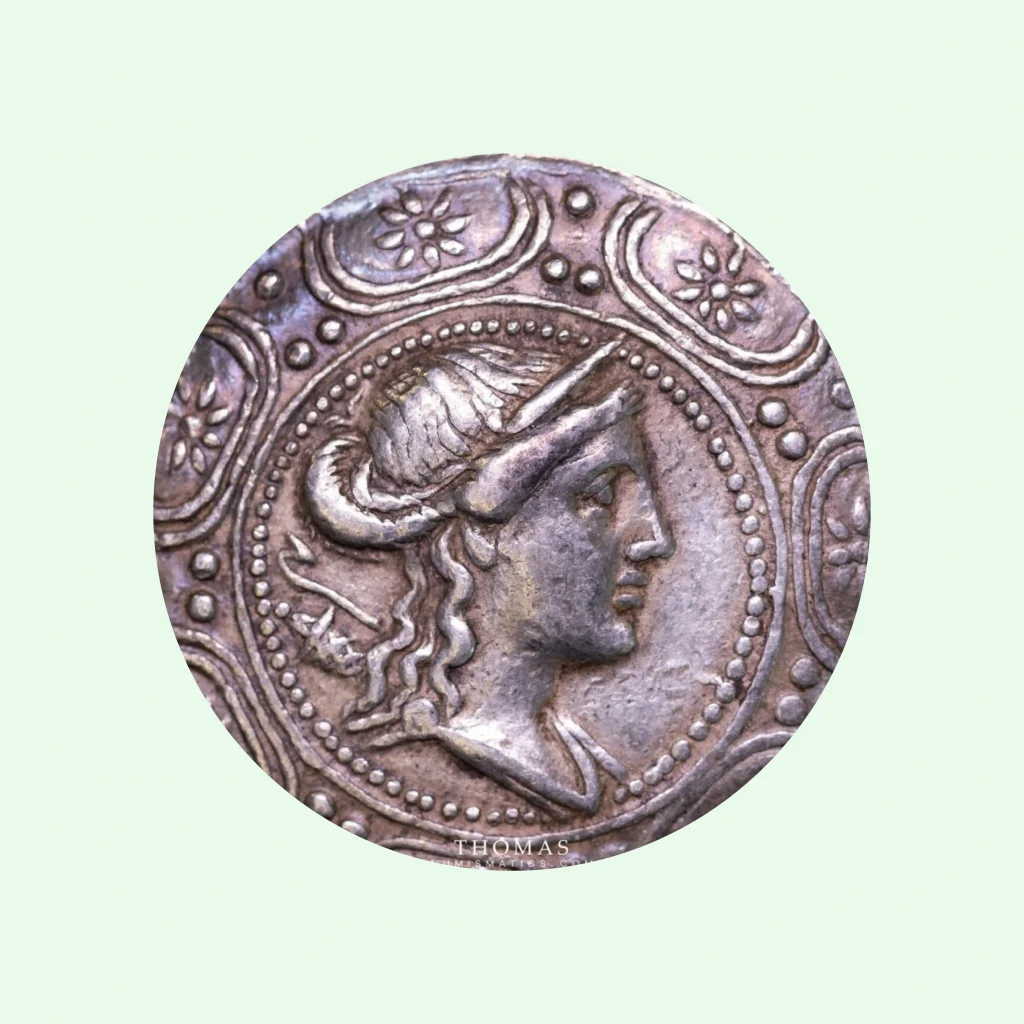
Greek Drachma
For example, the Roman Denarius and the Greek Drachma became renowned as symbols of their respective empires’ economic might.
Medieval and Renaissance Era Currency
As medieval Europe emerged from the Dark Ages, so did the concept of currency.
Various regions minted their coins, and these bore names that often paid homage to historical figures, monarchs, or iconic symbols.

The Gold Guinea (British coin of the eighteenth century)
The British Pound Sterling, for instance, was originally a pound of silver and later bore the name of England’s currency.
Colonial Influences
The Age of Exploration and Colonization led to the exchange of currencies between cultures. This resulted in the fusion of names and the birth of new currencies.
The Spanish Dollar, or Piece of Eight, circulated widely in the Americas and beyond, influencing the names of currencies in numerous countries.
The Modern Era and Fiat Currency

Nigeria fiat currency (Naira)
The transition to fiat currency, where the value is not backed by physical assets like gold or silver, brought about changes in currency names.
Nations began to choose names that reflected their cultural and political identities, further emphasizing the connection between currency and national pride.
Fiat currency is a government-issued currency that is not backed by a commodity or financial instrument. Examples include the Naira, the U.S. dollar, the Euro, the British pound, the Indian rupee, etc.
The Digital Revolution
In recent years, the rise of digital currencies, including cryptocurrencies like Bitcoin and Ethereum, has challenged traditional naming conventions.
These decentralized forms of currency have names that evoke concepts of technology and innovation.
Understanding this historical context is essential to appreciate the significance of currency name changes. It reveals how currencies have not only evolved as economic tools but also as symbols of power, identity, and the ever-changing dynamics of human civilization.
Notable Examples of Currency Name Changes (and other changes)
1. German Mark to Euro
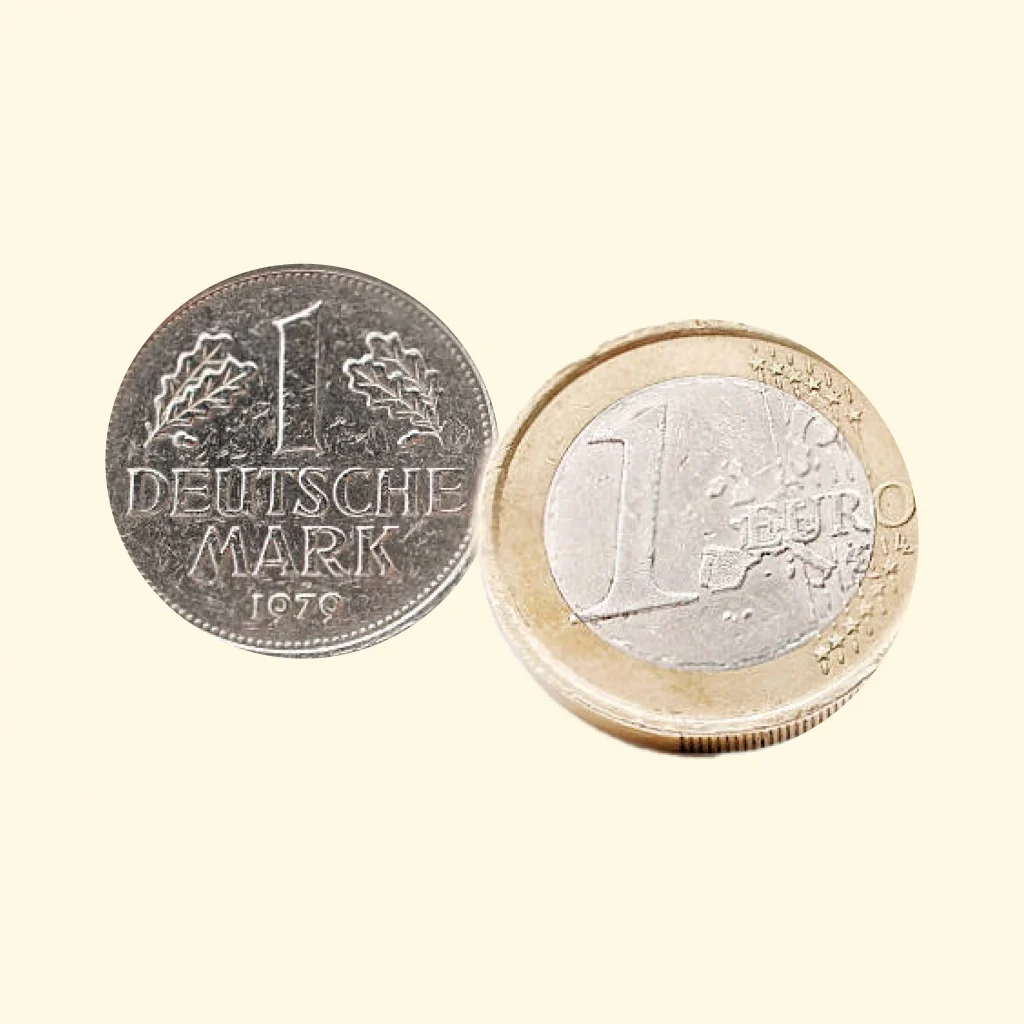
The German Mark was a symbol of post-World War II economic recovery and the subsequent reunification of East and West Germany.
However, as European nations moved toward economic integration, the Euro was introduced on 1st January 1999, replacing the German Mark.
Reasons for the Change:
Economic Integration: Germany’s adoption of the Euro was a commitment to European economic unity, allowing for easier trade and financial cooperation within the European Union.
Symbol of Unity: The Euro symbolized Germany’s commitment to European peace and cooperation, a stark contrast to its divided past.
2. Imperial Russian Ruble to Soviet Ruble
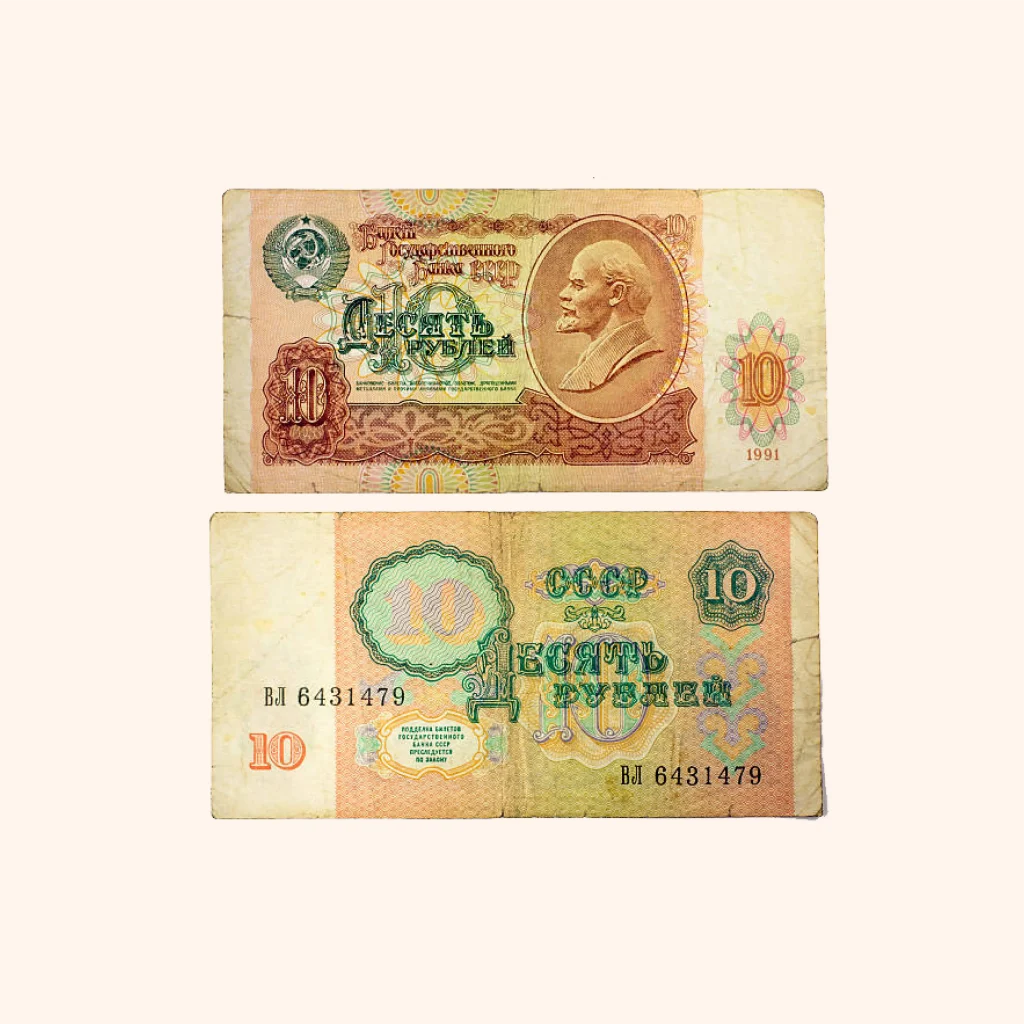
Soviet ruble
Towards the end of the Russian Revolution, in 1922, the Bolshevik government changed the name of the Russian Ruble to the Soviet Ruble, symbolizing the new Communist regime.
Reasons for the Change:
Political Ideology: The name change reflected the shift from the Russian Empire to the Soviet Union, signifying a revolutionary change in government and ideology.
Cultural Transformation: It was a step towards establishing a communist identity and erasing symbols associated with the monarchy.
However, after the dissolution of the Soviet Union in 1991, the Soviet ruble was later replaced with the Russian ruble in September 1993.
3. Zimbabwean Dollar to Zimbabwean Dollar (Revaluation)

100 Trillion Zimbabwean Dollar
Zimbabwe faced extreme hyperinflation in the late 2000s, rendering its currency practically worthless.
To combat this crisis, the government revalued the currency, effectively removing twelve zeros from the currency, but retaining the name.
Reasons for the Change:
Hyperinflation: The revaluation aimed to restore confidence in the currency, making transactions more manageable.
Continuity: By retaining the name, the government sought to maintain some semblance of continuity, though the currency’s value drastically changed.
4. Indian Rupee to Indian Rupee (Decimalization)
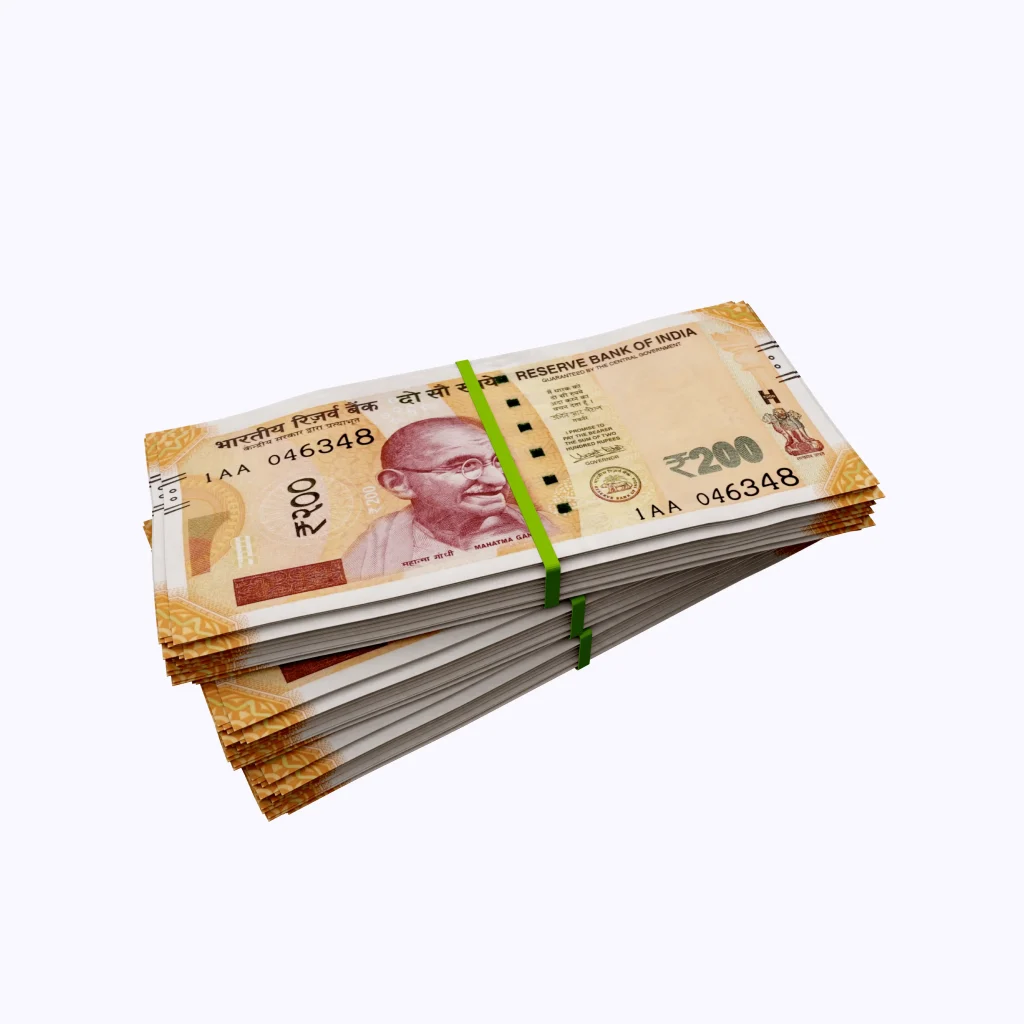
Indian Rupee
In 1957, India transitioned from a system of currency based on the rupee, anna, and paise to a decimal-based system. Though the rupee remained unchanged in value and nomenclature, it was now decimalised and divided into 100 naye paise instead of 16 annas or 64 pice.
Reasons for the Change:
Modernization: Decimalization simplified transactions, aligning India’s currency system with international standards.
5. Venezuelan Bolivar to Sovereign Bolivar
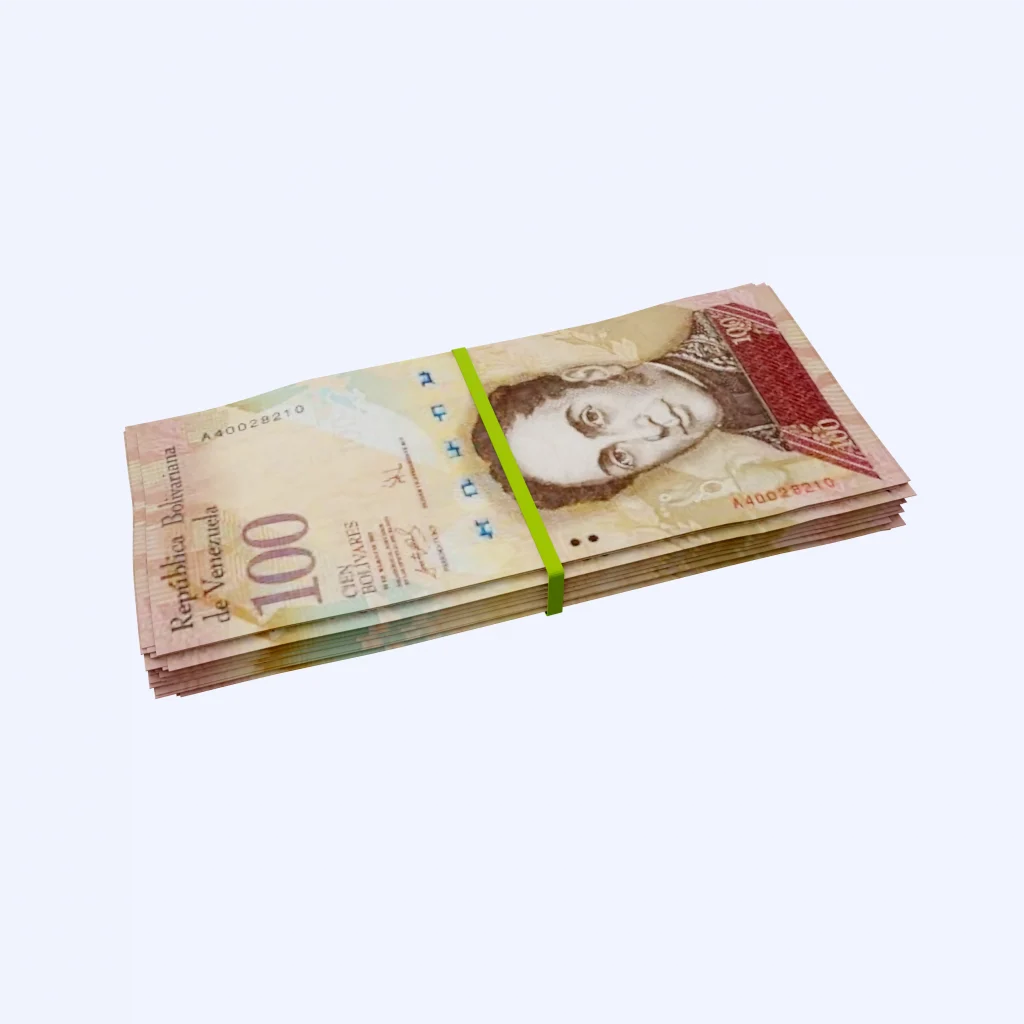
Venezuelan Bolivar
In 2018, Venezuela faced hyperinflation that rendered its Bolivar nearly worthless. To address this crisis, the government introduced the Sovereign Bolivar, which is anchored to the Petro, an oil-backed cryptocurrency.
Reasons for the Change:
Economic Crisis: The change aimed to curb hyperinflation and bring stability to the economy.
Continuity and Change: While the name changed, the currency retained the Bolivar to show continuity to the nation’s history.
Positive Impacts of Currency Name Changes
1. Rebranding and Confidence
Currency name changes often serve as a form of rebranding. This can instil a renewed sense of confidence in the currency and the economy as a whole. When the German Mark transitioned to the Euro, it signalled Germany’s commitment to European unity, boosting investor and public trust.
2. Economic Stability
In cases of hyperinflation or economic crisis, renaming and reevaluating the currency can be a crucial step toward restoring stability. It signifies a fresh start and can help control rampant inflation.
3. International Integration
Currency name changes can be a symbol of a nation’s integration into the global economy. Adopting a common currency, like the Euro, signifies participation in a larger economic union, which can bring economic benefits.
Negative Impacts of Currency Name Changes
1. Confusion and Adjustment
Currency name changes can lead to confusion, mostly in the short term. People and businesses may struggle to adapt to new denominations and symbols.
2. Loss of Trust
If not handled transparently or if perceived as politically motivated, currency name changes can erode public trust in the government and the currency itself.
3. Costs of Implementation
Renaming a currency involves significant costs, including printing new banknotes and updating financial systems. These costs can strain a nation’s financial resources, particularly in times of economic crisis.
4. Historical Identity
In some cases, a currency’s historical identity may be lost or diluted during a name change.
Conclusion
Currency changes, be it in name or design, are profound reflections of a nation’s history, politics, and economic dynamics. From ancient barter systems to the digital age, these transformations tell stories of resilience, identity, and adaptation. They remind us that currencies are not just symbols but dynamic entities deeply intertwined with the destiny of nations.
Start building wealth on Cowrywise

RELATED
